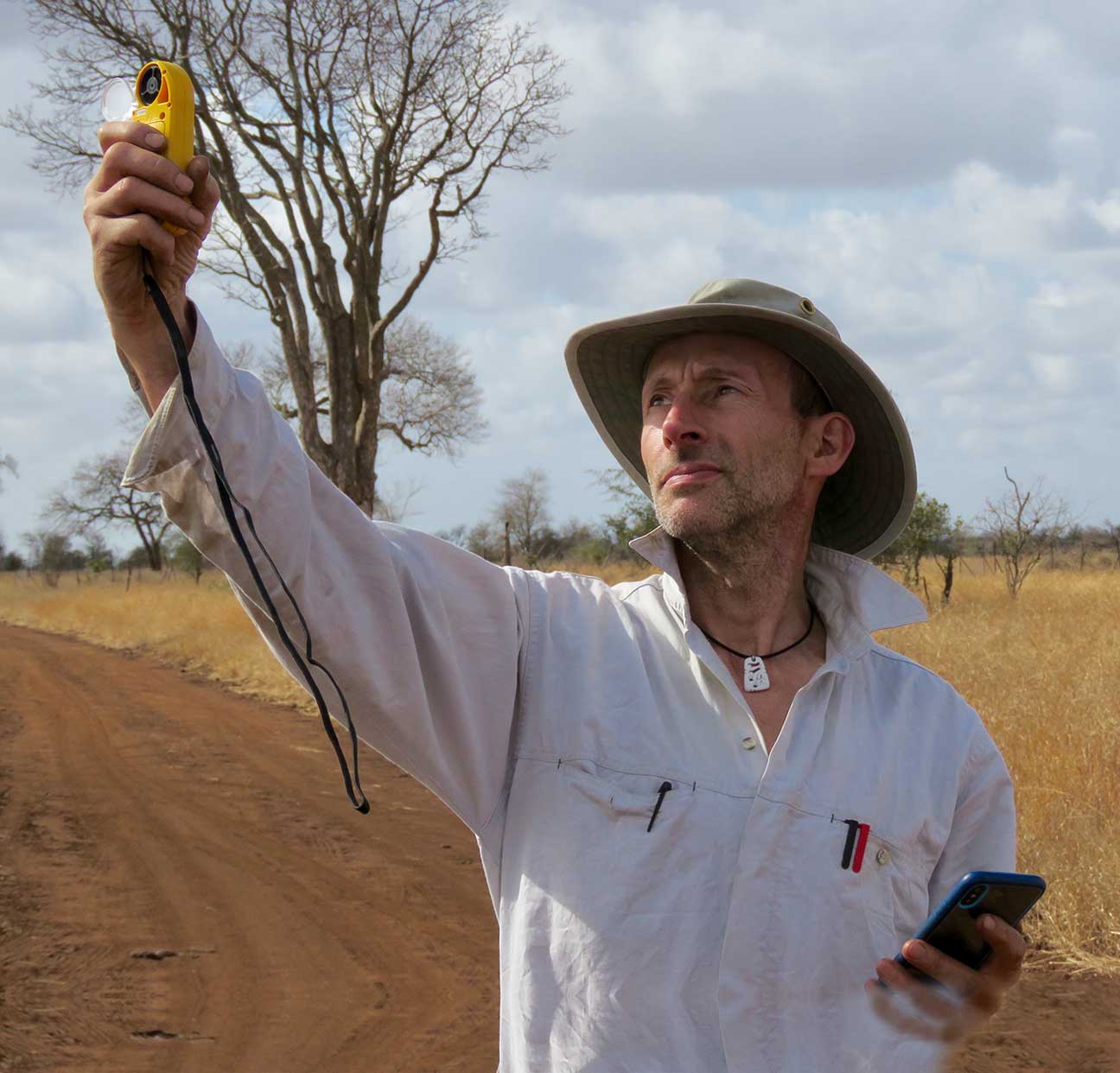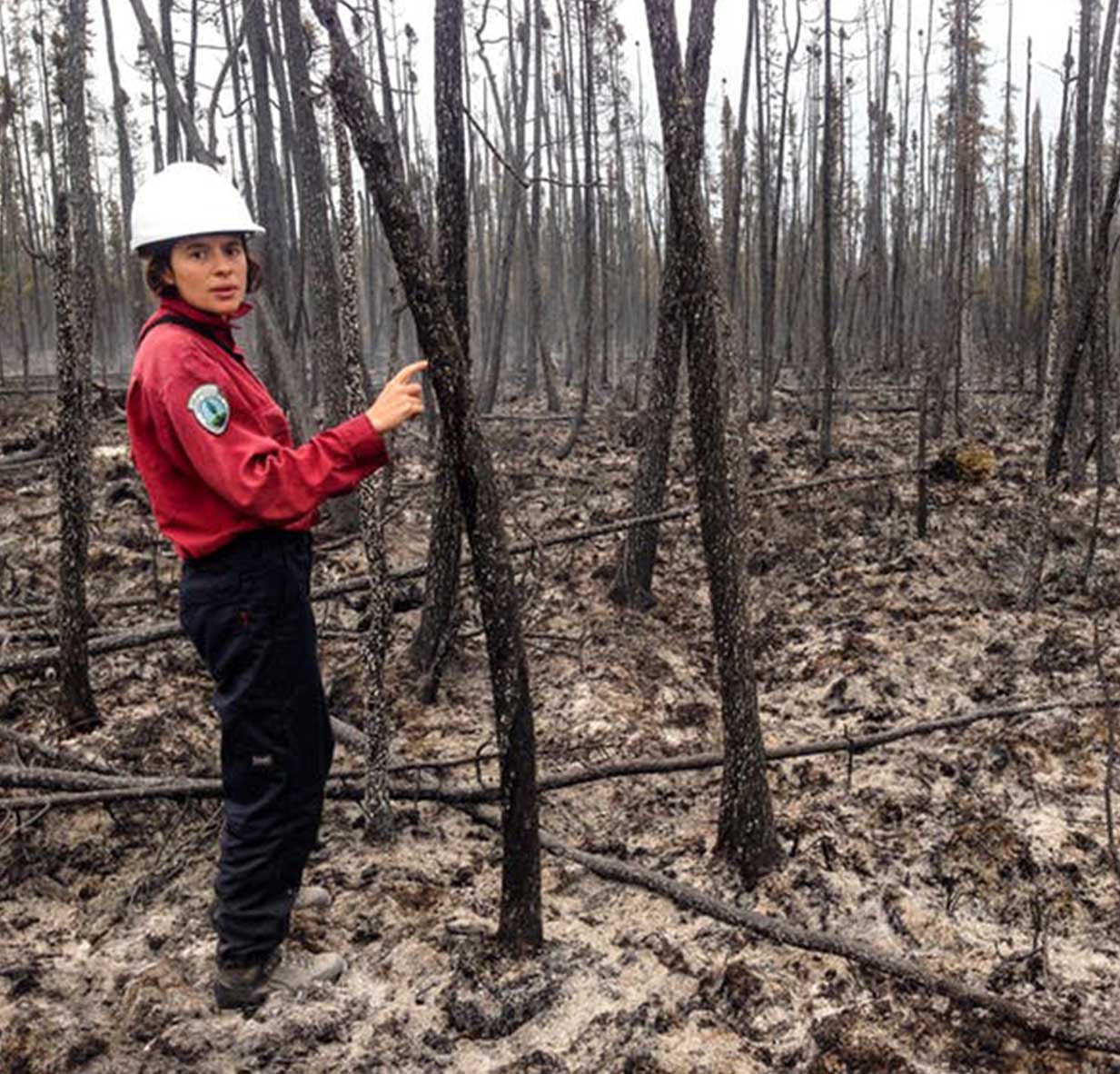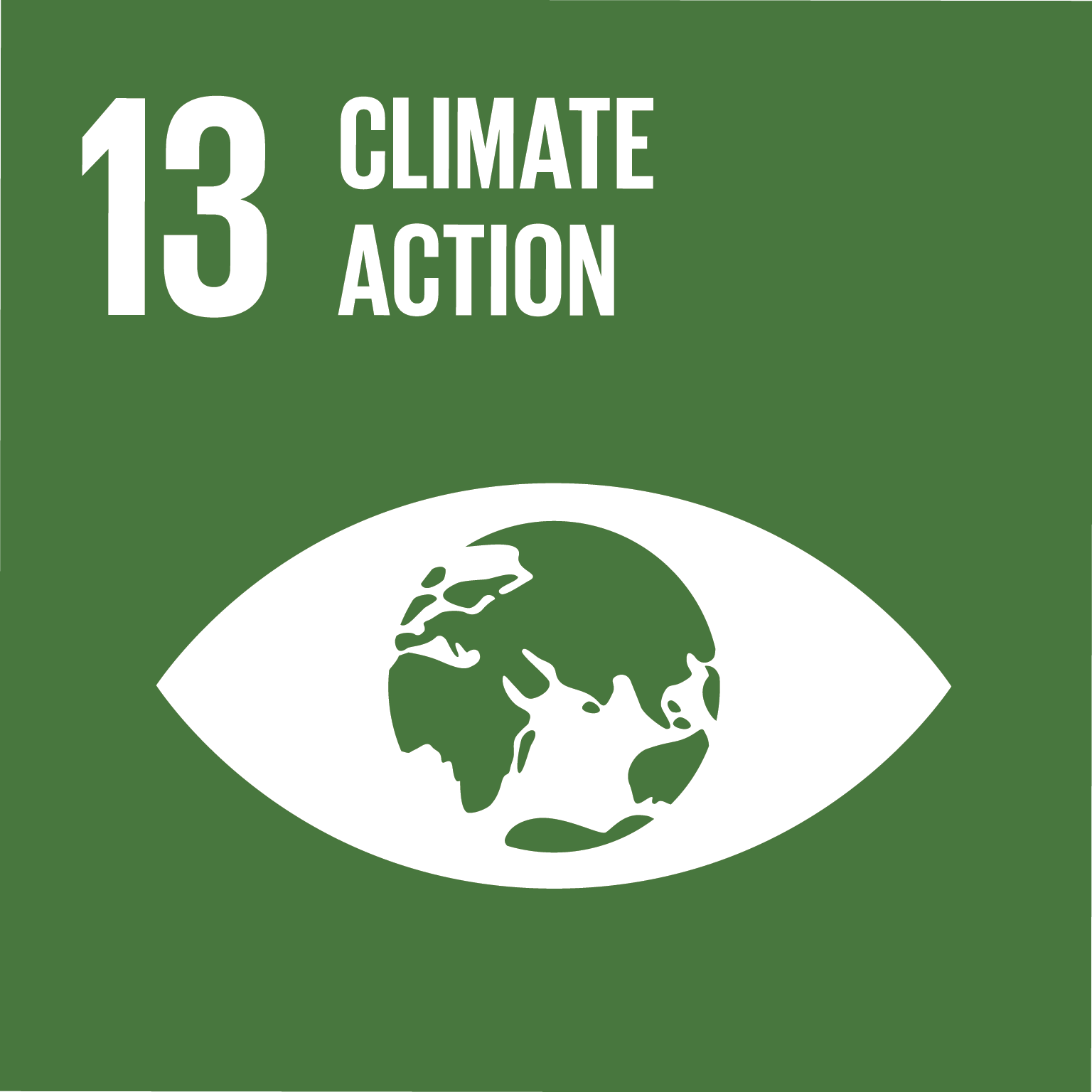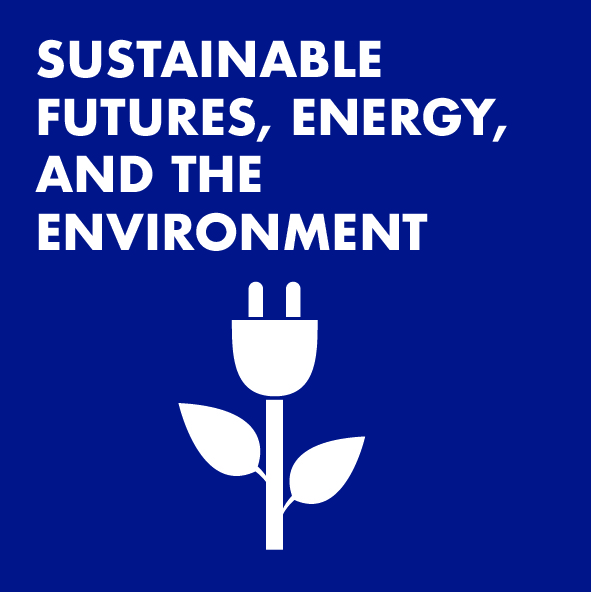Forests capture carbon from the atmosphere in the trees and soils. Some of this carbon ends up on the ground as fallen litter, and accumulates in the soil. Soils are one of the biggest carbon reservoirs on earth, storing more of this element than the atmosphere and the aboveground biomass put together.
When forests burn, vast amounts of the stored carbon is emitted; but, when vegetation in burned areas regrows, it draws this carbon back out of the atmosphere.
This is part of the normal fire-recovery cycle. However, when the recovery of vegetation is very slow or incomplete, for example where tropical forests are replaced with agricultural land, the carbon that is not re-captured stays in the atmosphere and contributes to climate change.
How does the increase in forest fires and the charring of biomass affect this?
The Method
Professor Stefan Doerr and Dr Cristina Santin, in collaboration with researchers across the world, travelled to different continents to study forest fires.They undertook controlled experiments which involved lighting a series of forest fires. From this, and from naturally occurring wildfires, the teams sampled the soil and aboveground biomass before and after the fires. Some of the vegetation is not consumed by burning, but instead transformed to charcoal. Charcoal is carbon-rich and resistant to degradation, so it can be stored in soils over long time periods.
The data collected, and the analysis of global fire emissions carried out with Dr Matthew Jones (Tyndall Centre for Climate Change Research) and Guido van der Werf (Vrije Universiteit Amsterdam), allowed a global-scale quantification of carbon emitted to the atmosphere from fires and of charcoal produced under current and anticipated future climate scenarios.
The Impact
Global temperature increases and severe droughts lead to more forest fires in many regions, which means that some forests that have been effective carbon sinks may become carbon sources. This can further contribute to climate change; however, the team was able to show that the charcoal produced during fire can help with buffering carbon emissions. This charcoal degrades more slowly and contains more carbon than dead vegetation. It can therefore accumulates in soils for centuries, acting as an effective carbon sink. Their analysis showed that globally, the production of charcoal during wildfires is equivalent to 12 per cent of the carbon emissions from fires. This makes charcoal production a significant product of wildfires and an important element of the global carbon cycle.
This brings some good news, although rising carbon emissions caused by human activity, and increases in forest fires, especially deforestation and peatland fires, continue to pose a serious threat to global climate.











